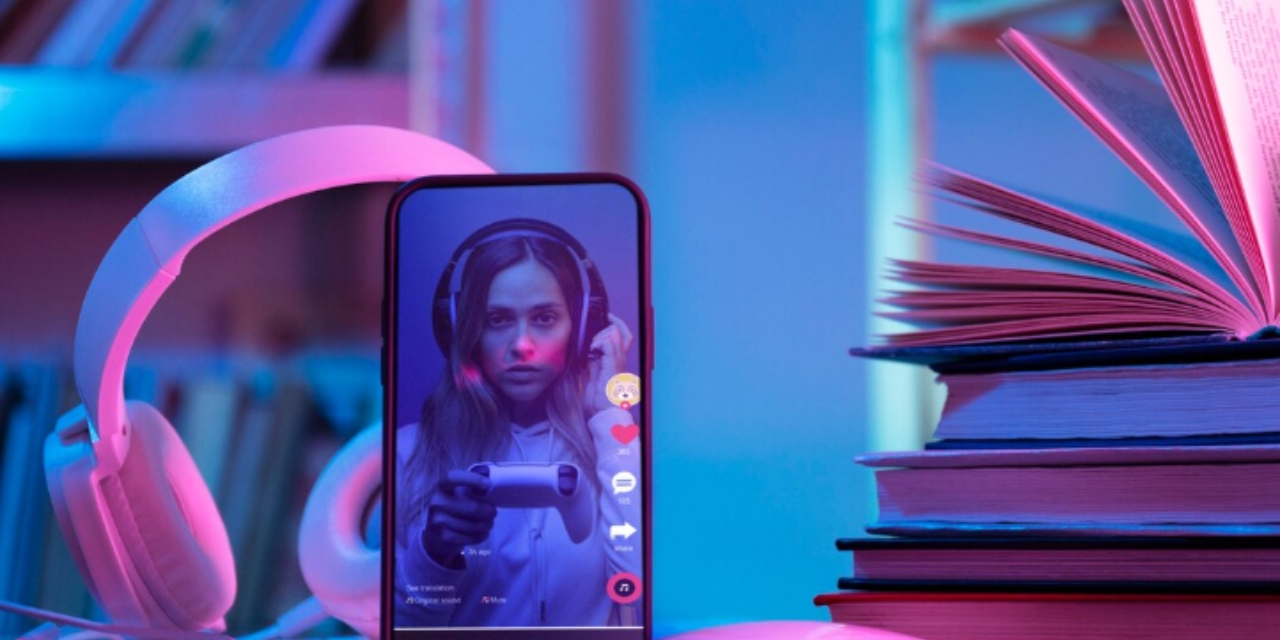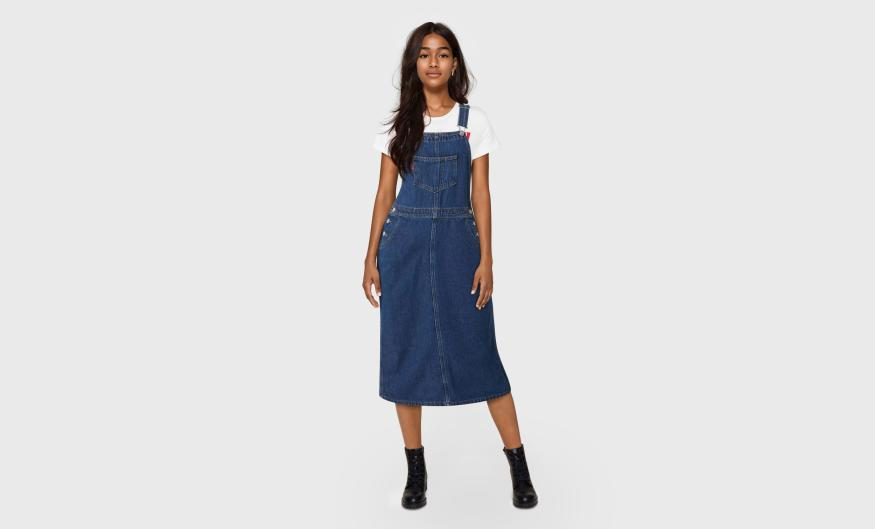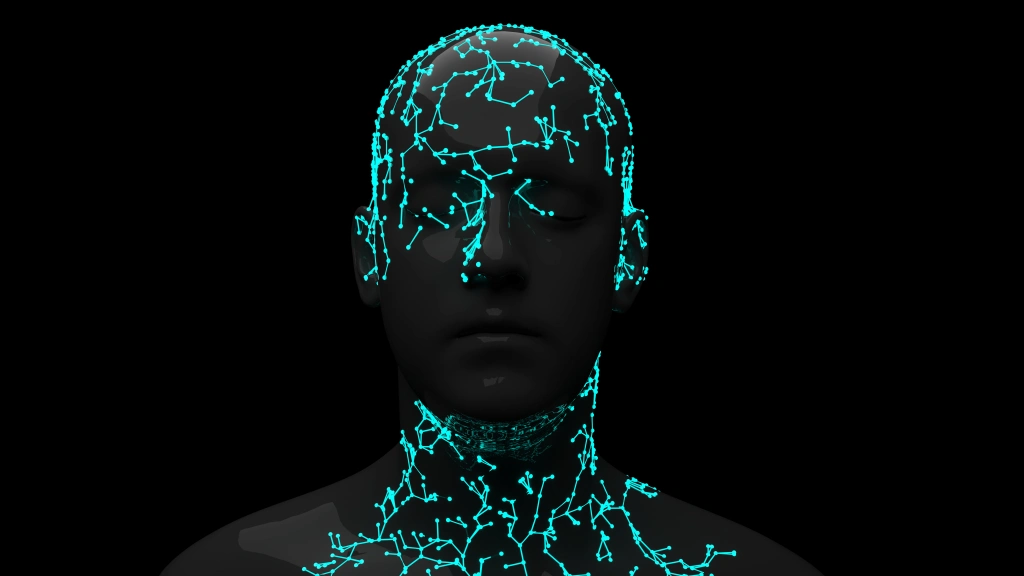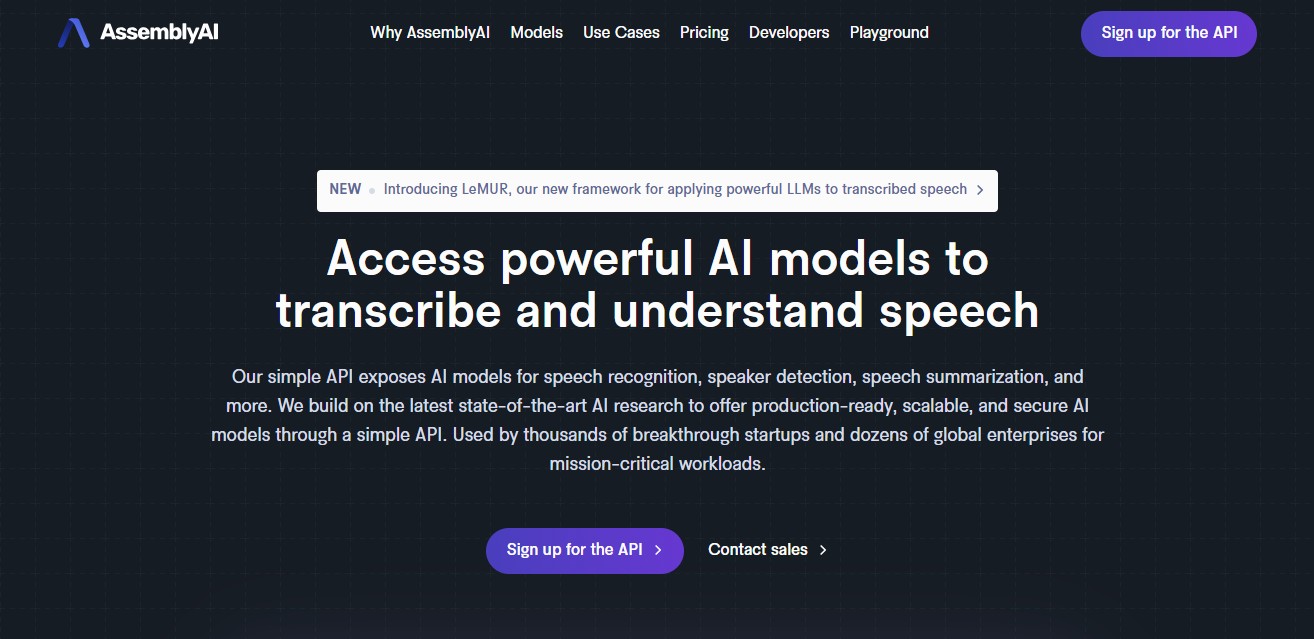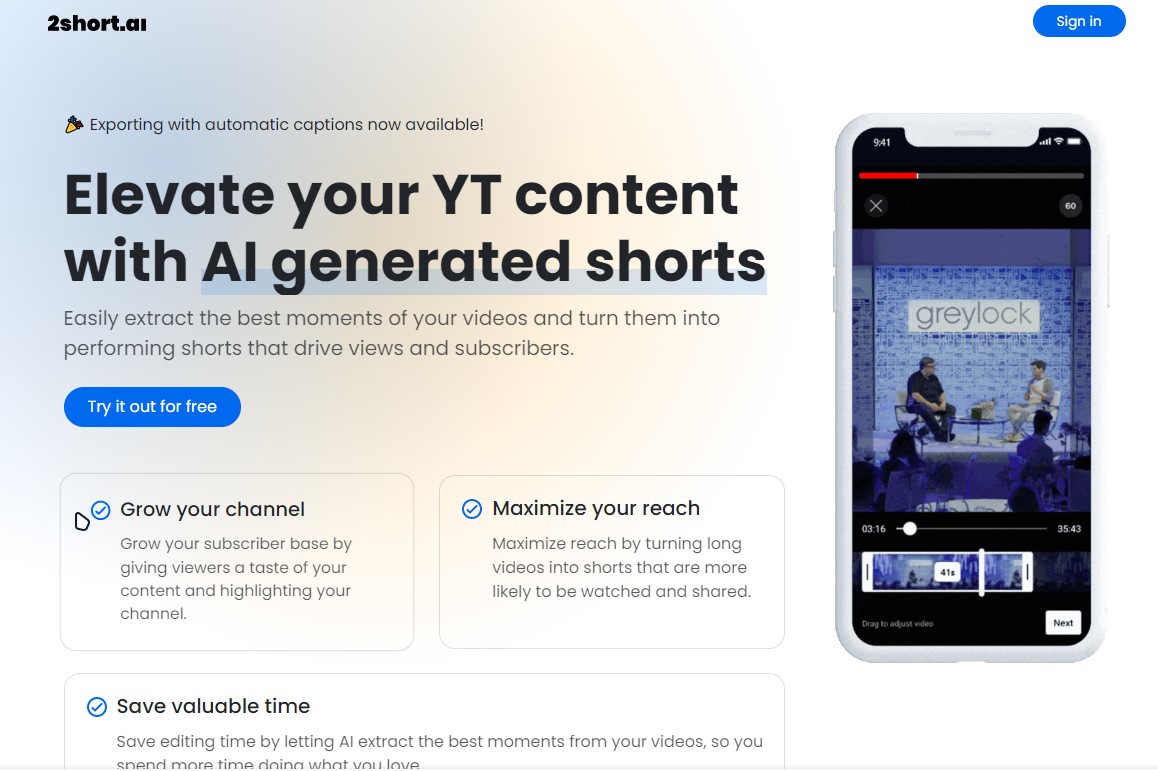From text to video: the rise of AI‑powered storytelling
The new storytellers
A profound shift is underway in how we create and consume stories. The once rigid boundary between writer and filmmaker is blurring, thanks to the emergence of sophisticated artificial intelligence. Now, a detailed text description is all it takes to generate a short video clip, complete with characters, scenes, and motion. This technology is not merely a novelty but is rapidly becoming a core tool for marketers, educators, and creators. It democratizes a process that was previously reserved for those with extensive resources, technical skills, and access to expensive equipment.
The ability to visualize a narrative instantly from words alone opens up unprecedented avenues for creative expression and communication, making complex ideas more tangible and engaging for a global audience.The core of this revolution lies in generative AI models trained on massive datasets of video footage and images. These models learn the intricate relationships between textual descriptions and visual elements.
When you provide a prompt, the AI interprets the nouns, verbs, adjectives, and context to construct a coherent visual sequence. It understands concepts like style, lighting, and camera movement, translating abstract ideas into concrete frames. This process effectively bridges the gap between the conceptual mind's eye and a shareable visual asset, compressing what used to be days of storyboarding, filming, and editing into a matter of minutes. The implications for rapid prototyping of creative concepts are staggering, allowing for iterative storytelling where ideas can be visualized and refined in real-time.
Democratizing video production
The impact of AI video tools is perhaps most significant in leveling the playing field. Small businesses and solo entrepreneurs can now produce high-quality promotional content without the budget for a production studio. A local bakery can generate a captivating ad for a new pastry line, or an online coach can create compelling explainer videos directly from their course scripts. This accessibility empowers a new wave of voices to participate in the video-dominated digital landscape, ensuring that a lack of technical expertise or financial capital is no longer a barrier to entry. The tools are designed with user-friendly interfaces that prioritize the creative idea over the complexity of the software, inviting experimentation and innovation from a broader demographic.
This democratization extends beyond simple marketing clips. Educators can bring historical events to life for their students, and nonprofit organizations can create powerful, emotive stories to drive donations and awareness. The relative ease and speed of generation also foster a culture of testing and optimization. Creators can quickly produce multiple versions of a video to see which narrative or visual style resonates most with their audience. This data-driven approach to storytelling was once a costly endeavor but is now becoming a standard practice, enabling more effective and targeted communication. The fundamental nature of content creation is being reshaped, moving from a linear, resource-intensive production to a dynamic, agile, and highly personalized process.
The future narrative
As the technology continues to evolve, we are moving towards more coherent and longer-form AI-generated narratives. Early tools excelled at creating short, often abstract clips, but the next generation is focused on maintaining character consistency, logical scene transitions, and complex storytelling over extended durations.
Future developments will likely offer creators even finer control over the cinematography, directing the AI on specific camera angles, character emotions, and intricate plot developments. This will blur the lines between tool and collaborator, with the AI acting as a creative partner that can suggest visual ideas and help overcome creative blocks.
AI Catalog's chief editor

